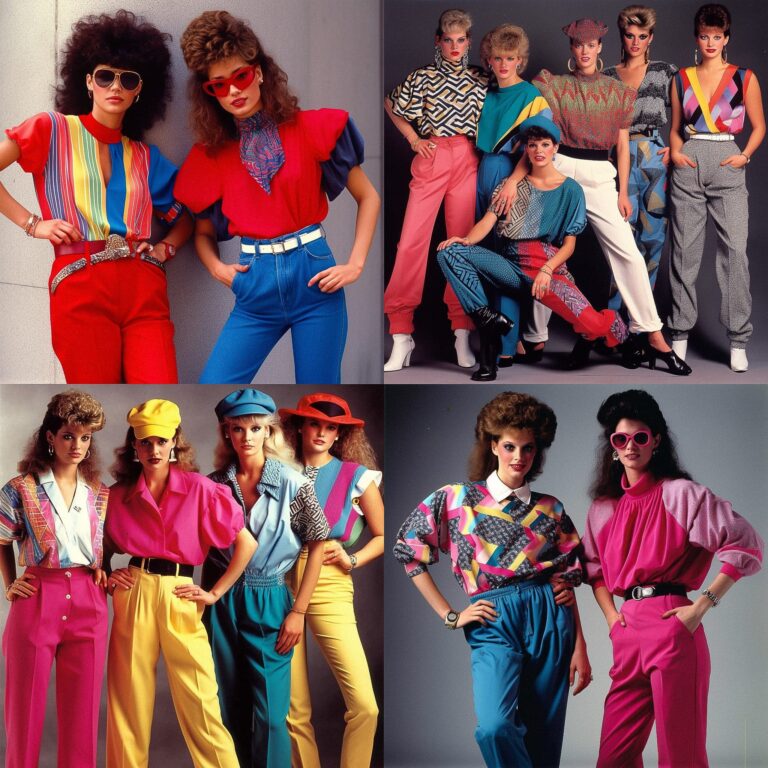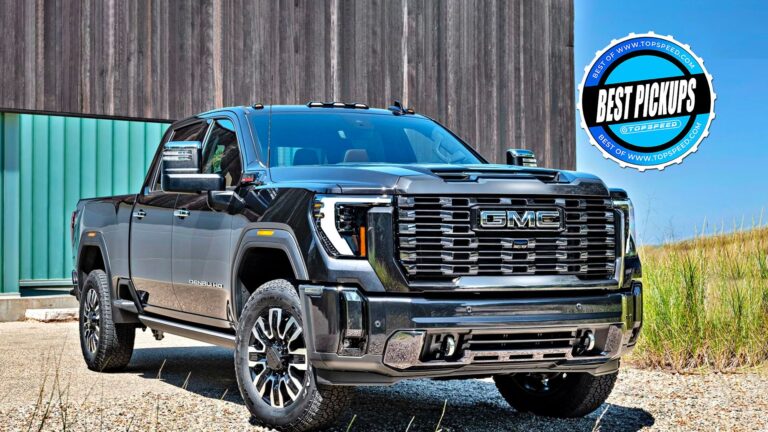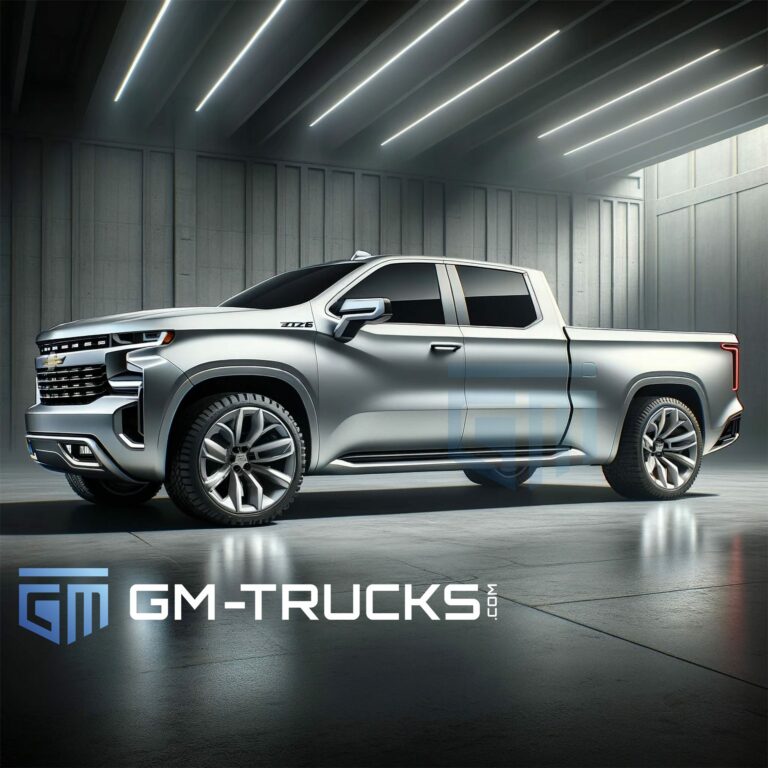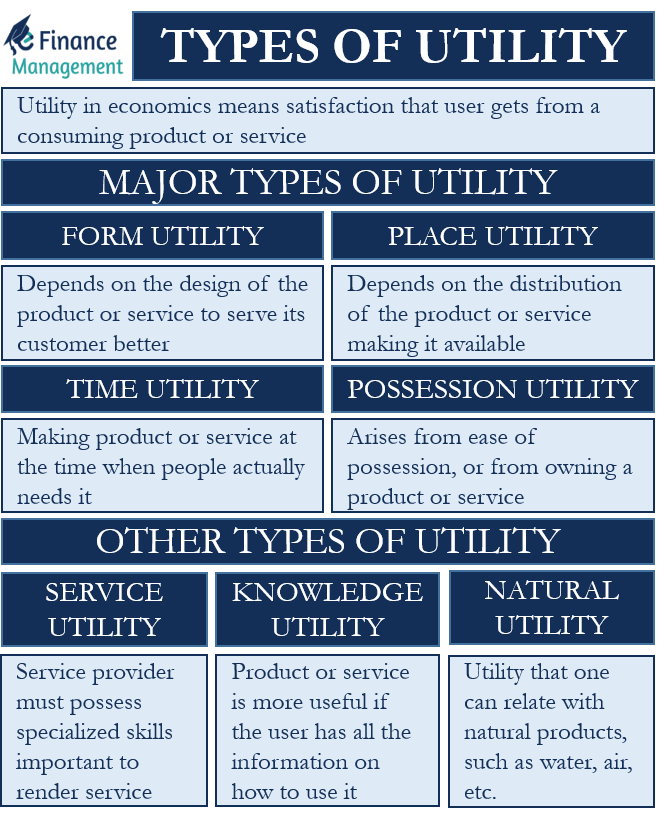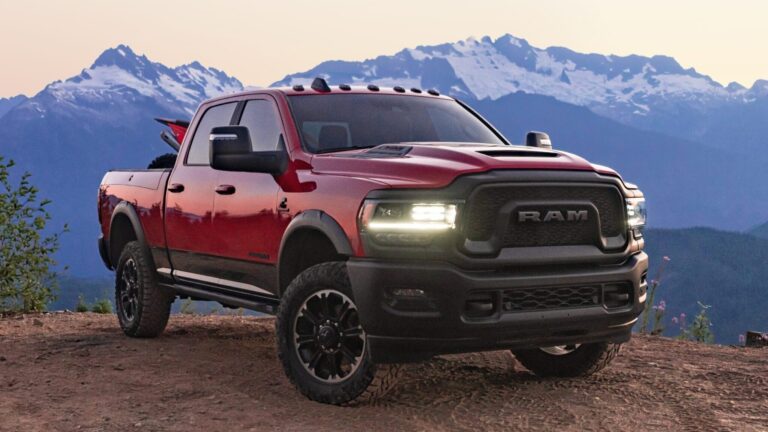Pickup Part Name: Decoding the Anatomy of Your Truck
Pickup Part Name: Decoding the Anatomy of Your Truck cars.truckstrend.com
Introduction: The Language of Your Rig
For many, a pickup truck is more than just a vehicle; it’s a workhorse, an adventure companion, a symbol of utility and freedom. But beneath its rugged exterior lies a complex interplay of thousands of individual components, each with a specific function and, crucially, a specific name. Understanding "Pickup Part Name" isn’t about memorizing a dictionary; it’s about gaining a fundamental understanding of your truck’s anatomy.
Pickup Part Name: Decoding the Anatomy of Your Truck
Why is this important? Whether you’re a seasoned mechanic, a DIY enthusiast, a first-time truck owner, or simply someone looking to buy or sell, knowing the correct "Pickup Part Name" is invaluable. It empowers you to accurately diagnose issues, communicate effectively with technicians, confidently purchase the right replacement parts, and even negotiate better deals. It demystifies the mechanics, turning abstract problems into identifiable components, fostering a deeper connection with your vehicle, and ultimately, saving you time and money. This comprehensive guide will navigate the intricate world of pickup truck components, illuminating their names, functions, and significance.
The Foundation: Chassis & Frame Components
The chassis and frame form the backbone of any pickup truck, providing the structural integrity and support for all other components. Understanding these "Pickup Part Names" is crucial for appreciating your truck’s durability and handling characteristics.
- Frame Rails: These are the primary longitudinal beams that run the length of the truck, typically made of high-strength steel. They provide the main structural support, bearing the load of the cabin, bed, engine, and drivetrain. Most modern pickups use a ladder frame design, known for its robustness.
- Crossmembers: Horizontal beams that connect the frame rails, providing rigidity and mounting points for various components like the transmission, transfer case, and suspension.
- Suspension Components: These are vital for ride comfort, handling, and load-carrying capacity.
- Leaf Springs: Common in the rear suspension of pickups, these are stacks of curved metal strips that flex under load, providing support and absorbing shocks.
- Coil Springs: Often found in the front suspension, these helical springs compress to absorb bumps.
- Shock Absorbers (or Dampers): Paired with springs, they dampen oscillations, preventing the truck from bouncing excessively after hitting a bump.
- Control Arms (or A-Arms): Pivoting links that connect the wheel hub to the frame, allowing vertical movement of the wheels while maintaining alignment.
- Sway Bar (or Anti-Roll Bar): A torsion bar that connects opposite wheels, reducing body roll during turns.

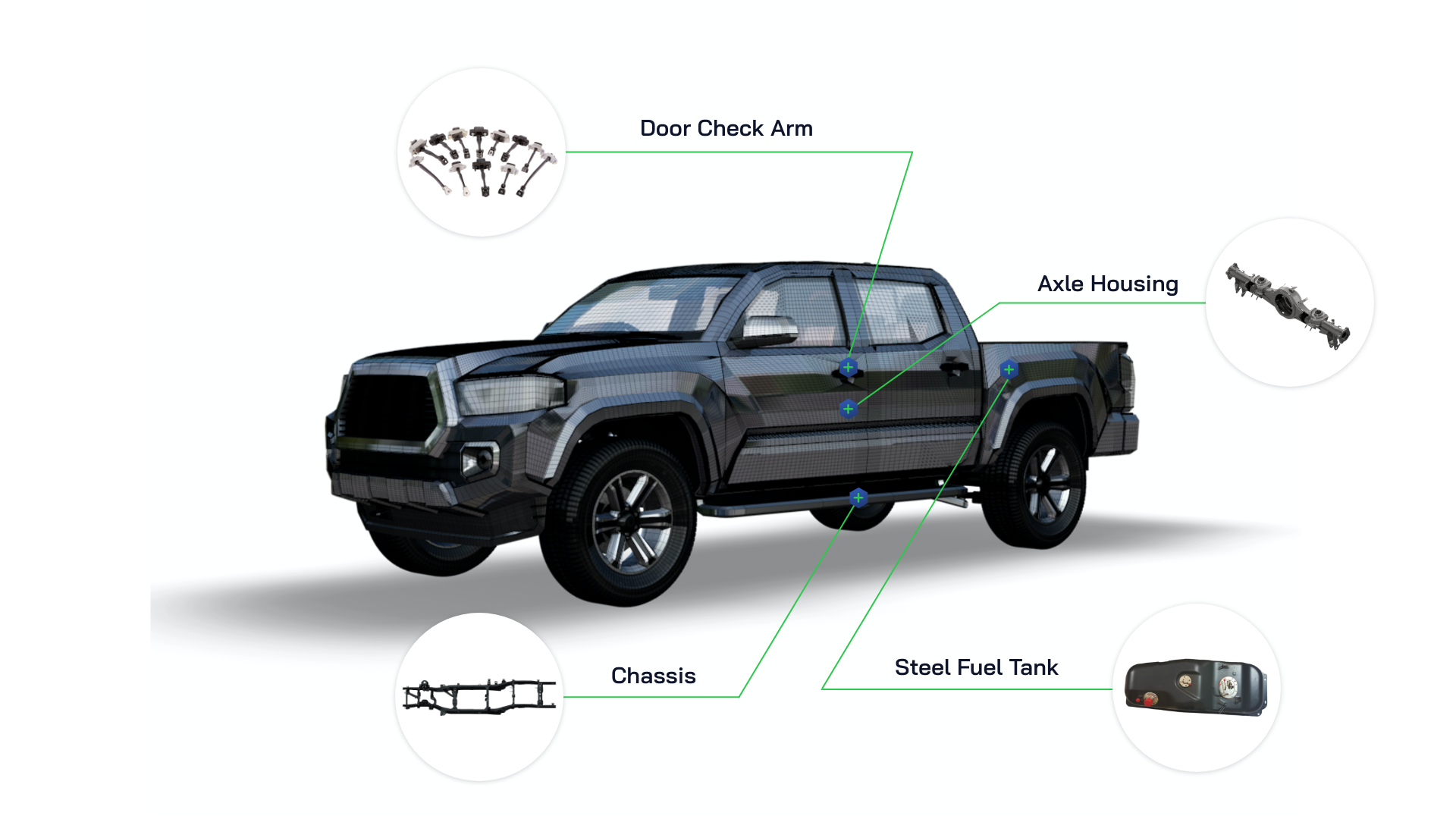
- Axles: Solid shafts or independent assemblies that connect the wheels, transmitting power and supporting the vehicle’s weight. Trucks typically have a front axle and a rear axle.
- Differential: Located within the axle housing, this gear assembly allows the wheels on the same axle to rotate at different speeds, crucial for turning without tire scrub.
- Steering Components:
- Steering Box (or Steering Gearbox) / Rack and Pinion: Translates the rotational motion of the steering wheel into linear motion to turn the wheels. Rack and pinion systems are more common in lighter trucks and SUVs for precise steering.
- Tie Rods: Connect the steering system to the steering knuckles, allowing the wheels to turn.
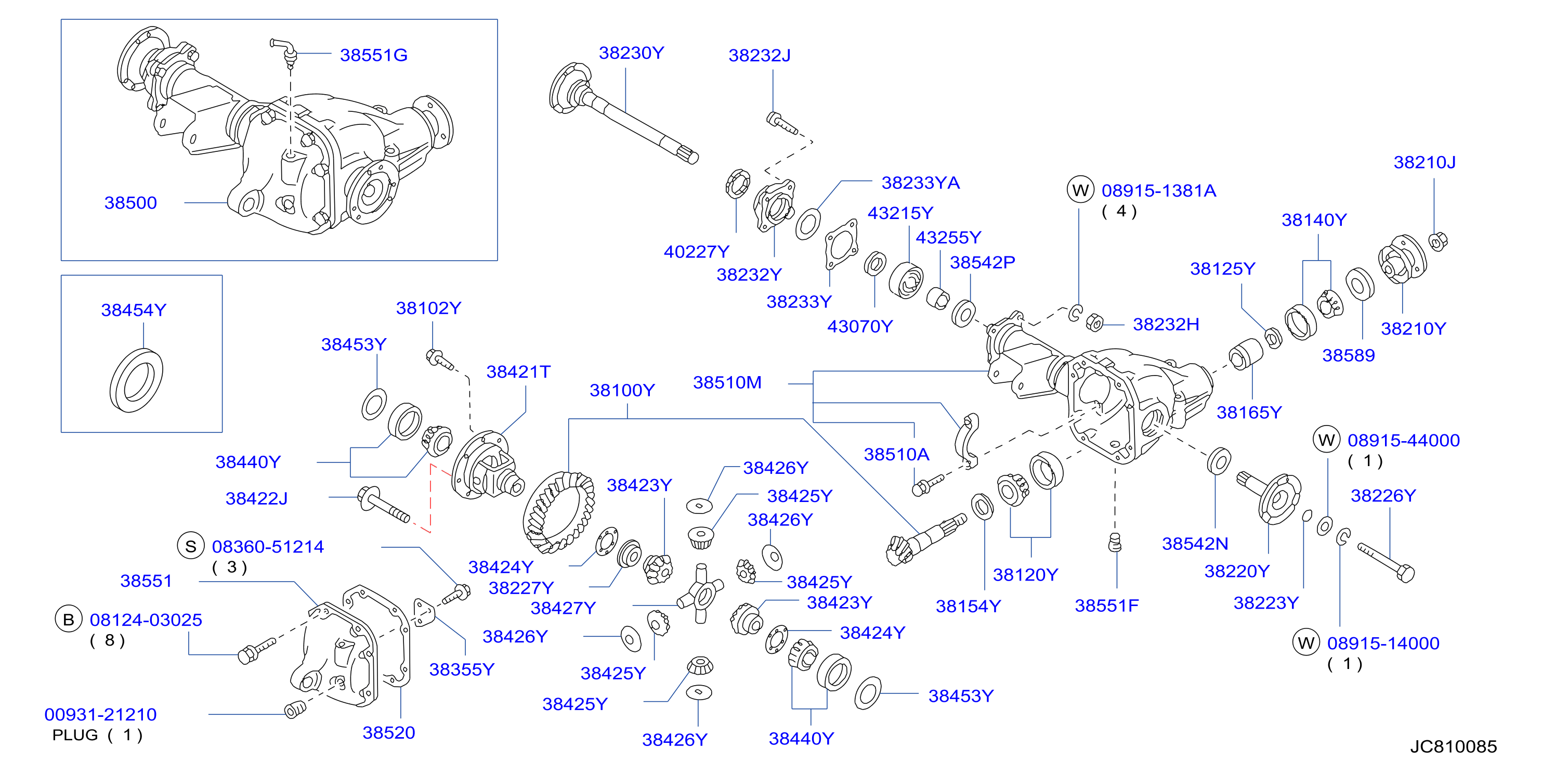
Knowing these "Pickup Part Names" helps you understand why your truck handles the way it does, especially when towing heavy loads or navigating challenging terrain. Issues like excessive bouncing or uneven tire wear often trace back to worn suspension or steering components.
Power & Drivetrain: The Heart of the Beast
The power and drivetrain are the core systems that generate and transmit power to the wheels. These "Pickup Part Names" are synonymous with performance, reliability, and towing capability.
- Engine: The power plant. Key "Pickup Part Names" within the engine include:
- Engine Block: The main structure containing the cylinders where combustion occurs.
- Cylinder Head: Sits atop the block, housing valves and sometimes camshafts.
- Manifolds (Intake/Exhaust): The intake manifold delivers air to the cylinders, while the exhaust manifold collects exhaust gases.
- Turbocharger/Supercharger: Forced induction systems that compress air entering the engine, significantly boosting power output.
- Fuel Injectors: Precisely spray fuel into the engine for combustion.
- Spark Plugs (Gasoline): Ignite the air-fuel mixture.
- Glow Plugs (Diesel): Heat the combustion chamber for easier cold starts.
- Transmission: Manages the power from the engine to the driveshaft, allowing for different gear ratios for various speeds and loads.
- Manual Transmission: Requires the driver to manually select gears using a Clutch pedal and Gear Shifter.
- Automatic Transmission: Automatically selects gears using a Torque Converter instead of a clutch.
- Transfer Case: Exclusive to 4-wheel drive (4WD) or all-wheel drive (AWD) pickups, this unit distributes power from the transmission to both the front and rear driveshafts, enabling 4WD operation.
- Driveshaft (or Propeller Shaft): A rotating shaft that transmits power from the transmission or transfer case to the differential in the axle.
- U-Joints (Universal Joints): Flexible couplings that connect sections of the driveshaft, allowing for changes in angle as the suspension moves.
Understanding these "Pickup Part Names" helps you comprehend why your truck can tow a heavy trailer or conquer off-road trails. Issues like loss of power, strange noises during shifting, or vibrations often point to problems within these critical systems.
Body & Exterior: Form Meets Function
The body and exterior components are what give a pickup its distinctive look and provide much of its utility. These "Pickup Part Names" relate to aesthetics, protection, and cargo management.
- Cab: The enclosed passenger compartment. "Pickup Part Names" for cab types include:
- Regular Cab: Two doors, single row of seats.
- Extended Cab (or King Cab/Quad Cab): Two full-size front doors and smaller rear doors, offering limited rear seating or storage.
- Crew Cab (or Double Cab): Four full-size doors, providing ample rear seating.
- Bed: The open cargo area at the rear. "Pickup Part Names" for bed sizes include:
- Short Bed: Typically 5.5 to 6 feet long.
- Standard Bed: Around 6.5 feet long.
- Long Bed: Generally 8 feet long.
- Tailgate: The hinged door at the rear of the bed, which lowers for loading and unloading.
- Bed Liner: A protective covering for the bed, usually plastic or spray-in, to prevent scratches and dents.
- Tonneau Cover: A cover for the bed, protecting cargo from weather and theft.
- Fenders: The body panels that arch over the wheels, protecting them and preventing debris from being thrown up.
- Hood: The hinged cover over the engine compartment.
- Grille: The front panel that allows air to enter the engine compartment for cooling and provides aesthetic appeal.
- Bumper (Front/Rear): Impact-absorbing structures at the front and rear of the vehicle.
- Headlights/Taillights: Provide illumination and signaling.
- Mirrors: Side mirrors and rearview mirror for visibility.
Knowing these "Pickup Part Names" is essential for customization, repair after minor collisions, and maximizing your truck’s cargo capabilities.
Braking & Wheels: Control and Traction
The braking system and wheels are paramount for safety and maintaining control. Understanding these "Pickup Part Names" is critical for safe operation and optimal performance.
- Brake System:
- Brake Calipers: In disc brake systems, these clamp Brake Pads against the spinning Brake Rotors to create friction and slow the vehicle.
- Brake Drums & Brake Shoes: In drum brake systems (often found on the rear of older or more basic trucks), shoes press against the inside of a drum.
- Master Cylinder: Converts the force from the brake pedal into hydraulic pressure, sending fluid through Brake Lines to the calipers/drums.
- ABS Module (Anti-lock Braking System): Electronically controls brake pressure to prevent wheel lock-up during hard braking, maintaining steering control.
- Wheels: The entire assembly of the rim and tire.
- Rims: The metal part of the wheel that the tire mounts onto. Can be steel or alloy.
- Tires: The rubber components that provide traction, cushioning, and absorb road imperfections. "Pickup Part Names" for tire types include:
- All-Terrain (A/T): Versatile, good for both on-road and light off-road use.
- Mud-Terrain (M/T): Aggressive tread for off-road traction, less comfortable on pavement.
- Highway (H/T): Designed for paved roads, quieter and more fuel-efficient.
- Lug Nuts: Fasteners that secure the wheel to the wheel hub.
Recognizing these "Pickup Part Names" is vital for routine maintenance, such as checking brake pad wear or tire pressure, and ensures your truck can stop and grip the road effectively.
Interior & Electronics: Comfort and Connectivity
The interior and electronic systems define the driver and passenger experience, offering comfort, convenience, and crucial information. These "Pickup Part Names" are increasingly sophisticated in modern trucks.
- Dashboard: The main panel in front of the driver, housing the Gauge Cluster (speedometer, tachometer, fuel gauge, etc.) and various controls.
- Steering Wheel: Used to control the direction of the truck, often equipped with controls for audio, cruise control, and phone.
- Seats: Designed for comfort and support, often with various adjustments and heating/cooling features.
- Infotainment System: A central screen providing navigation, audio, connectivity (Bluetooth, Apple CarPlay/Android Auto), and sometimes vehicle settings.
- HVAC Controls (Heating, Ventilation, Air Conditioning): Regulate cabin temperature and airflow.
- Wiring Harness: The intricate network of wires that connect all electrical components.
- ECU/PCM (Engine Control Unit/Powertrain Control Module): The "brain" of the truck, an onboard computer that manages engine performance, transmission shifting, and many other systems.
- Sensors: Numerous sensors throughout the truck monitor everything from engine temperature and oxygen levels to wheel speed and parking proximity.
Knowing these "Pickup Part Names" helps you understand the features and functions within your truck’s cabin and diagnose common electrical or comfort-related issues.
Aftermarket & Accessory Parts: Customization and Enhancement
One of the great appeals of pickup trucks is their versatility and the vast array of aftermarket parts available for customization and enhancement. These "Pickup Part Names" represent upgrades that can transform your truck’s capabilities and appearance.
- Lift Kits/Leveling Kits: Alter the truck’s suspension to raise its ride height (lift kit) or level out the front and rear (leveling kit), allowing for larger tires and improved ground clearance.
- Winches: Powerful motorized devices mounted on the front bumper, used for self-recovery or pulling other vehicles/objects.
- Light Bars/Auxiliary Lights: Additional lighting solutions for improved visibility during off-road driving or in low-light conditions.
- Running Boards/Nerf Bars: Steps mounted below the doors, making it easier to enter and exit the truck, and offering some side protection.
- Toolboxes: Storage compartments designed to fit in the bed, providing secure storage for tools and equipment.
- Bed Extenders: Extend the length of the truck bed when the tailgate is down, allowing for longer cargo.
- Performance Exhaust Systems: Replace stock exhaust components for improved engine sound, and potentially slight power gains.
- Off-Road Bumpers: Heavier duty bumpers designed for greater protection and often incorporate winch mounts or recovery points.
These "Pickup Part Names" are for components that enhance your truck’s utility, aesthetics, and off-road prowess, allowing you to tailor it precisely to your needs and preferences.
Practical Advice and Actionable Insights
Knowing "Pickup Part Name" is the first step; applying that knowledge is key.
- Utilize Your Owner’s Manual: Your truck’s owner’s manual is an invaluable resource. It often contains diagrams and descriptions of key components, helping you put a "Pickup Part Name" to a specific part of your vehicle.
- Online Resources & Forums: Websites like RockAuto, AutoZone, or manufacturer-specific forums often have detailed diagrams (exploding views) that label parts. Truck-specific forums are excellent for asking questions and seeing real-world examples.
- Part Numbers vs. Part Names: Every unique part usually has a specific "Pickup Part Name" (e.g., "alternator") and an alphanumeric "part number" (e.g., "Ford F81Z-10346-BA"). When ordering parts, always use the part number, as it ensures you get the exact component for your truck’s make, model, and year. The name is for identification, the number is for precision.
- OEM vs. Aftermarket:
- OEM (Original Equipment Manufacturer): Parts made by the truck’s manufacturer (e.g., Ford parts for a Ford truck). Generally higher quality and perfect fit, but more expensive.
- Aftermarket: Parts made by independent companies. Can be more affordable, offer performance upgrades, or provide more options. Quality varies widely.
- When to Seek Professional Help: While knowing "Pickup Part Name" empowers you, complex repairs, especially those involving the engine, transmission, or braking system, should be left to certified mechanics. They have the specialized tools, diagnostic equipment, and expertise.
Challenges & Solutions
Despite the benefits, navigating "Pickup Part Name" can present challenges:
- Regional Variations: Some parts might have different common names depending on the region (e.g., "bonnet" vs. "hood"). Solution: Be aware of these differences and use more universally accepted terms or clarify when unsure.
- Brand-Specific Naming: Manufacturers sometimes use proprietary names for certain technologies or components (e.g., Ford’s "EcoBoost" engine, Ram’s "RamBox"). Solution: Refer to your specific truck’s manual or brand-specific resources.
- Obsolete Parts: For older trucks, finding new OEM parts can be difficult. Solution: Explore reputable aftermarket suppliers, junkyards, or specialty vintage truck part dealers.
- Counterfeit Parts: The market for fake auto parts is real. Solution: Purchase parts only from trusted retailers, authorized dealers, or well-known aftermarket brands. Be wary of prices that seem "too good to be true."
Pickup Part Name: Estimated Price Guide for Common Components
Please note: These prices are highly estimated ranges and can vary significantly based on truck make, model, year, engine type, part quality (OEM vs. aftermarket), labor costs, and regional pricing. Always get a specific quote for your vehicle.
| Pickup Part Name (Category) | Example Part | Estimated Price Range (Part Only) | Typical Labor Hours (Estimated) |
|---|---|---|---|
| Engine Components | Spark Plugs (set of 6-8) | $50 – $150 | 0.5 – 2 |
| Alternator | $150 – $400 | 1 – 3 | |
| Water Pump | $100 – $350 | 2 – 6 | |
| Drivetrain Components | Front Brake Pads (set) | $40 – $150 | 1 – 2 |
| Front Brake Rotors (each) | $60 – $200 | Included with pads | |
| Shock Absorber (each) | $50 – $200 | 0.5 – 2 | |
| Leaf Spring (each) | $150 – $500 | 2 – 4 | |
| Steering Components | Tie Rod End (outer, each) | $30 – $100 | 0.5 – 1.5 |
| Power Steering Pump | $100 – $400 | 1.5 – 3 | |
| Body & Exterior Components | Headlight Assembly (each) | $100 – $500+ | 0.5 – 1 |
| Tailgate | $300 – $1000+ | 1 – 3 | |
| Front Bumper (aftermarket steel) | $400 – $1500+ | 2 – 4 | |
| Interior/Electrical | Battery (12V) | $100 – $250 | 0.25 – 0.5 |
| Cabin Air Filter | $15 – $40 | 0.1 – 0.25 | |
| Infotainment Screen (replacement) | $500 – $2000+ | 1 – 3 | |
| Accessories/Upgrades | Running Boards (set) | $150 – $600 | 1 – 2 |
| Tonneau Cover (roll-up/tri-fold) | $200 – $1000+ | 0.5 – 1 | |
| Basic Lift Kit (2-3 inch) | $300 – $1000+ | 4 – 8 |
(Note: Labor rates typically range from $75 – $150 per hour depending on location and shop. This table does not include taxes or shop supplies.)
Frequently Asked Questions (FAQ) about Pickup Part Name
Q1: Why is it important for me to know "Pickup Part Name"?
A1: Knowing "Pickup Part Name" empowers you to communicate effectively with mechanics, accurately diagnose minor issues, confidently purchase the correct replacement parts, and better understand your truck’s capabilities and maintenance needs. It saves you time, money, and frustration.
Q2: Where can I find the specific "Pickup Part Name" for my truck model?
A2: Your truck’s owner’s manual is the best starting point. Additionally, online parts diagrams (often called "exploding views") available on auto parts websites (e.g., RockAuto, AutoZone) or specific manufacturer sites can provide detailed labeled diagrams for your exact make and model. Truck-specific forums are also great resources.
Q3: Is there a difference between a "Pickup Part Name" and a "part number"?
A3: Yes. A "Pickup Part Name" is a descriptive label (e.g., "alternator," "brake rotor"). A "part number" is a unique alphanumeric code assigned by the manufacturer to that specific part (e.g., "F81Z-10346-BA"). When ordering parts, always use the part number to ensure compatibility with your truck’s make, model, and year.
Q4: Are aftermarket parts as good as OEM (Original Equipment Manufacturer) parts?
A4: It depends. OEM parts are made by the original manufacturer and are designed to fit perfectly and perform to original specifications, but they are often more expensive. Aftermarket parts are made by third-party companies. Their quality varies widely; some are excellent and even offer performance upgrades, while others may be of lower quality. Research reputable aftermarket brands and read reviews before purchasing.
Q5: How do I know if a "Pickup Part Name" I’m looking at is compatible with my truck?
A5: Compatibility is determined by the part number and its application (which vehicles it’s designed for). Most online parts retailers allow you to input your truck’s year, make, and model to filter for compatible parts. When in doubt, consult your owner’s manual, a trusted mechanic, or the parts department at a dealership.
Concluding Summary: Empowering Your Truck Ownership
Understanding "Pickup Part Name" is far more than just learning terminology; it’s about gaining a deeper appreciation and control over your pickup truck. From the foundational frame rails to the intricate electronic modules, each component plays a vital role in your truck’s performance, safety, and utility.
By familiarizing yourself with these essential names and their functions, you transform from a passive driver into an informed owner. You’ll be better equipped to troubleshoot issues, make smart maintenance decisions, communicate confidently with professionals, and ultimately, get the most out of your valuable asset. So, dive in, explore, and let the language of your truck empower your journey on and off the road.

